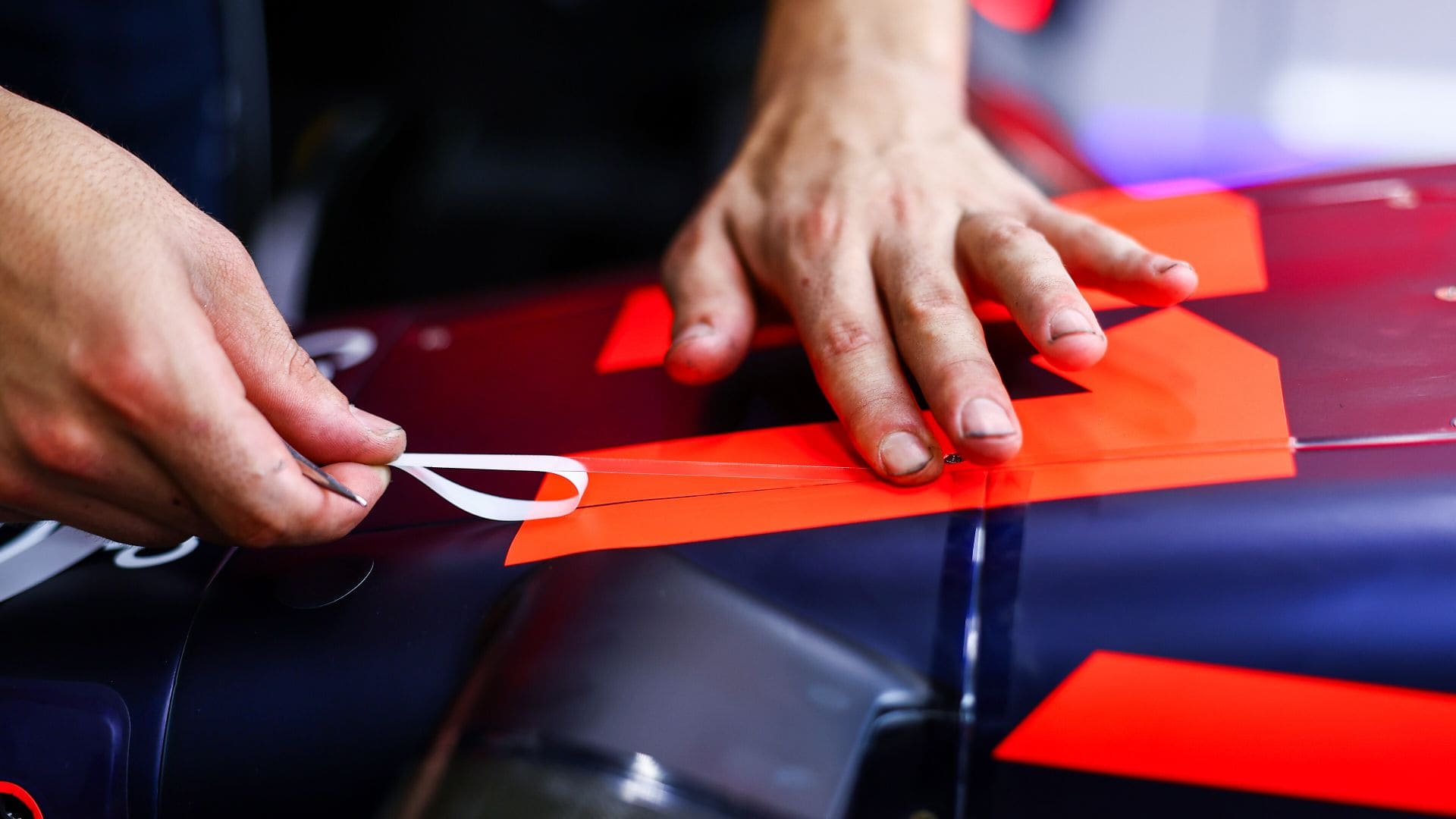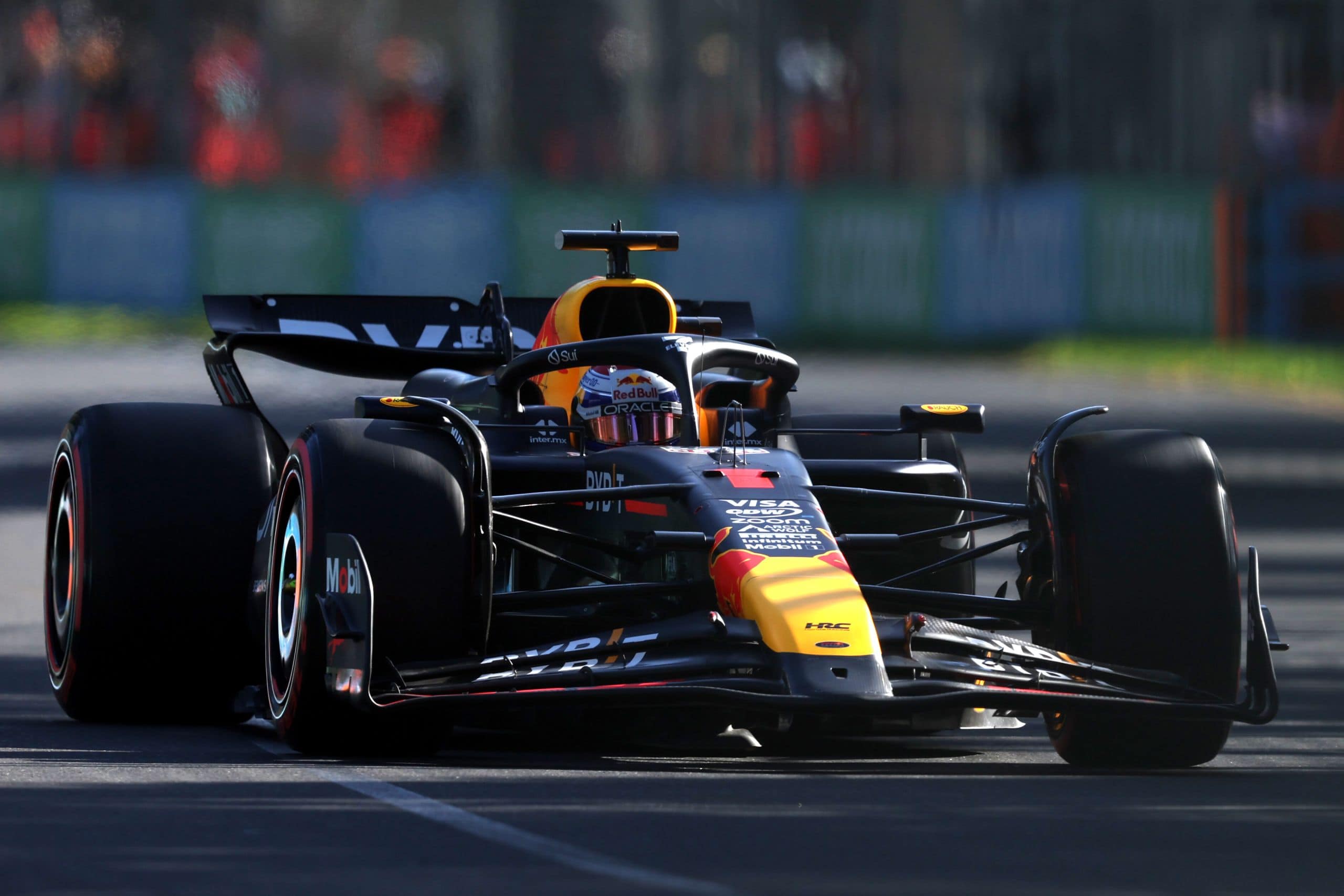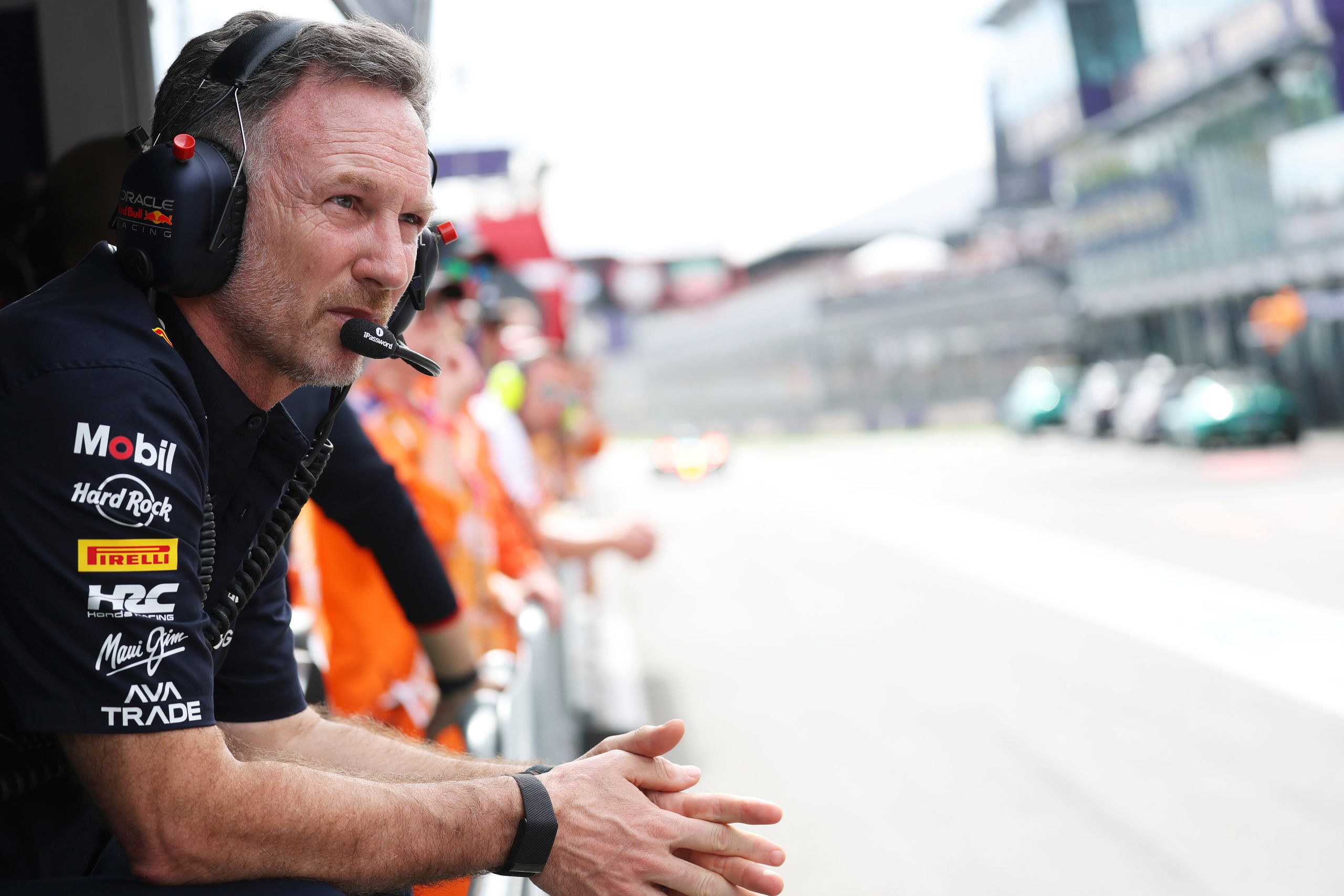How Do Formula 1 Drivers Get Their Numbers?


Formula 1 race numbers serve as a significant aspect of a driver’s identity within the sport, representing their presence on the track and often becoming synonymous with their personal brand. Under the current system, Formula 1 drivers have the freedom to choose their own racing number when they enter the sport. This number, which can be any between 2 and 99 with the exclusion of 1 and 17, typically remains with them throughout their entire Formula 1 career, allowing for a consistent identity. The number 1 is reserved exclusively for the reigning world champion, should they choose to use it; otherwise, it remains inactive for that season.
The choice of a number can be influenced by a variety of factors, ranging from personal preference to superstitions and marketing considerations. A number can hold sentimental value, reflect a driver’s history, or simply be a favored digit. This approach has allowed drivers to create a stronger individual brand, as their chosen number becomes a recognizable symbol much like their names.
History and Evolution of Driver Numbers
In Formula 1 racing, the assignment of car numbers to drivers has transformed from a regulatory requirement to a symbol of personal identity. This section delves into the two distinct eras of numbering: the earlier years where numbers were assigned and the modern-day approach that allows drivers to cement their legacy with a chosen number.
From Assigned to Personal Numbers
Initially, Formula One allocated numbers based on the previous year’s team performance, with no personal significance tied to the digits adorning a driver’s car. From 1950 to 1973, race organizers would assign numbers at each event, leading to different drivers racing under the same number throughout a season. However, this system was replaced by assigning numbers to teams, which lasted until the end of 2013.
A shift occurred in 2014, marking the start of a new system where drivers were given the freedom to choose a permanent number that would represent them throughout their F1 career, with few exceptions. The only requirement was that the chosen number, from 2 to 99, had to be available, meaning it could not have been used on the grid for two years. If a driver wins the World Championship, they have the option to race under number #1 for the following season. For example, Max Verstappen raced with the number 33, but swapped to the number 1 after winning the first of his three consecutive World Championships.

Iconic Numbers and Drivers
#44: Lewis Hamilton chose this number, reflecting back on his karting days. Regarded by many as one of the sport’s greats, Hamilton has made the number as iconic as his name, rising to prominence with his extraordinary track record.
#1: Traditionally reserved for the reigning world champion, it’s less frequently seen since the adoption of personal driver numbers. Names like Ayrton Senna—often associated with the number—notably raced under it as a mark of their championship status.
Fernando Alonso: This multiple world champion once raced under #14, which he picked because of a memorable victory at the age of 14 on July 14 — a clear example of numbers holding personal value beyond their appearance on a car.
Through this evolution, car numbers have gone beyond simple identification; they now carry emotional weight and significance for drivers, teams, fans, and the legacy of the sport.
What cars have the F1 number plate?
The F1 number plate, synonymous with Formula 1 racing, does not appear on the race cars themselves; these vehicles do not bear registration numbers as they are designed for track use only. However, this number plate has been linked with several high-value road cars, primarily in the United Kingdom, where it is a highly prized asset due to its scarcity and symbolic connection to the pinnacle of motorsport.
Historically, the F1 plate was first held by Essex City Council from the year 1904, coming into private possession after a public auction in 2008, which saw it sold for almost $15 million USD. This plate is currently seen on a luxurious Bugatti Veyron owned by Afzal Khan from Kahn Designs.
The exclusivity of the F1 number plate is a major factor that heavily contributes to its high valuation and desirability. Similar to other princely-priced plates, such as D5 in Abu Dhabi, the F1 plate commands attention and signifies affluence. Owners often aspire to have a number plate that reflects their personality, status, or beliefs, with F1 representing the apex of this pursuit. And while only a select few people will ever own one of these exclusive plates, 4D number plates can be a much more cost-effective alternative.
Other number plates may also fetch considerable sums due to their distinctive single-digit presentations or cultural significance, reflecting a trend where personal number plates are seen as more than a mere identifier – they become a symbol of prestige and personal expression.
The Number Assignment Process
Formula 1 drivers receive numbers based on specific guidelines set by the FIA. These numbers become a permanent identifier for each driver throughout their F1 career.
New Driver Entry
When a new driver enters Formula 1, they must select a number that will accompany them for the duration of their career. This selection is subject to FIA regulations, which state that the number must be between 2 and 99. This provision is in place as number 1 is reserved exclusively for the reigning world champion, should they choose to use it. The chosen number cannot be one that has been used by another driver in the previous two seasons to avoid confusion. Once the number is selected and approved by the FIA, it becomes the driver’s permanent number.
Team Changes and Number Swaps
Drivers retain their numbers throughout their F1 careers, regardless of any team changes they may undergo. Numbers are intrinsically linked to drivers, not teams, ensuring that popularity or branding associated with specific numbers stays with the driver, not the team. However, if a driver retires or does not drive in F1 for two full seasons, the number can then be reallocated. In cases where a driver returns to F1 after an absence, they may be able to reclaim their previous number if it has not been taken by another driver in the meantime. If their original number is unavailable, they will need to choose a new one following the same FIA regulations.
Significance of Numbers to Drivers
In Formula 1, each driver’s number carries a personal meaning or reflects a momentous choice, often becoming an integral part of their brand and identity.
Personal Choices and Lucky Numbers
Drivers often select their race numbers based on personal preferences or numbers they consider lucky. For instance, Lewis Hamilton chose the number 44, which he’s had since his karting days and regards as his lucky number. It symbolizes his racing identity both on and off the track.
Another driver who values personal significance is Kimi Raikkonen, often referred to as ‘The Iceman’, who raced with the number 7. This number became closely associated with him throughout his career, and he even created the ‘Kimi by West Coast Choppers‘ partnership from the number association.
Retired Numbers in Memory
The use of certain numbers can also serve as a tribute. After Jules Bianchi’s tragic accident, the number 17 was retired from use in Formula 1 to honor his memory. This respectful practice shows reverence for the drivers who have left a lasting impact on the sport and its community.
Rules Governing the Numbers
In 2014, Formula 1 introduced a permanent number system to make drivers more recognizable on the track. Except for the world champion, who may use the number 1, drivers must select a permanent number for their career once they enter the sport.
FIA Sporting Regulations
The FIA has established clear guidelines in the sporting regulations for assigning race numbers to Formula 1 drivers. Each driver gets to choose their own career number, from 2 to 99. If a driver wants to select a number already in use or retired, they must choose a different number. The FIA must approve all numbers to prevent conflicts and ensure numbers are not offensive or inappropriate.
Reserved and Permanent Number System
Once a driver selects a number, it becomes their permanent number throughout their Formula 1 career. They retain this number in all races, and it can only be reused if the driver has not competed in the sport for two consecutive seasons. Exceptions are made if the driver wins the world championship; then, they have the option to race under number 1 for the following season, as long as they remain champion.
What number is banned in F1?
The number 17 was permanently retired from Formula 1 in honor of Jules Bianchi following his tragic accident at the 2014 Japanese Grand Prix and subsequent passing. The FIA decided to retire this number as a mark of respect to the driver and his family, ensuring that no other driver will use it in the sport.
Driver Numbers and Fan Culture
Formula 1 driver numbers transcend the racetrack, becoming integral to fan culture and driving merchandise sales and loyalty.
Marketing and Merchandising
Formula 1 drivers, such as Lewis Hamilton and Max Verstappen, turn numbers into revenue streams by offering a wide range of merchandise. They include apparel, model cars, and accessories. Verstappen’s number 33 and now 1 and Hamilton’s 44 appear on T-shirts, hats, and hoodies, encouraging fans to purchase goods that flaunt their favorite driver’s number. The visuals of these numbers help fans easily identify their allegiance, from grandstands to social media profiles.
Fan Engagement and Loyalty
Numbers like Daniel Ricciardo’s 3 foster a sense of connection and loyalty among enthusiasts. Fans often wear caps or carry banners displaying their favorite driver’s number at events, creating a visible supporter base. This number-dedicated fan culture strengthens the bond between the driver and their fans, becoming a symbol of identity within the Formula 1 community.





